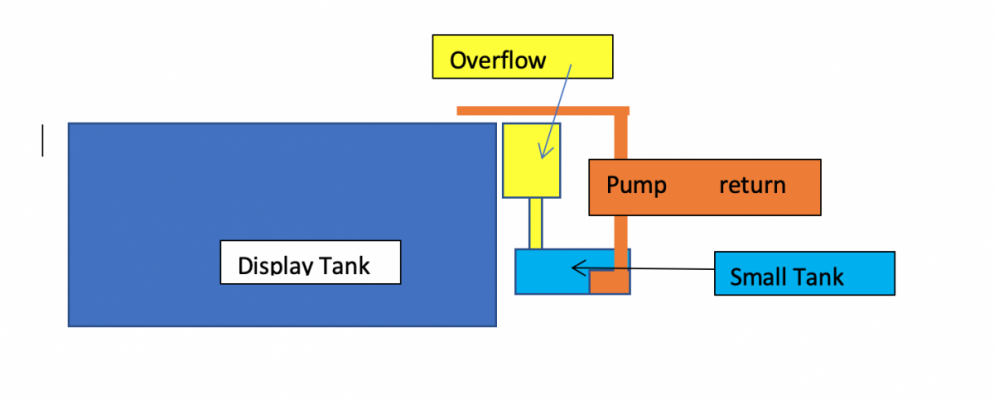- Joined
- Jan 8, 2020
- Messages
- 35
- Reaction score
- 63
My clownfish started spawning and I'm hoping some clownfish breeders can answer a few questions for me.
1. Is it ok to attach a 10 gallon tank to my display sump, for the purpose of housing the breeding pair? I understand that feeding a breeding pair risks fouling the water, but I already feed them pretty heavy and my nitrate stays at 5 or below, with phosphate hovering around .03. My skimmer is rated for 90 gallons and running about 50 gallons total water volune. The breeding tank would be bare bottom with uneaten food being siphoned out.
2. If adding a 10 gallon breeder tank to my system doesnt cause any nutrient issues, would I use only display tank water for the larval and growout tank?
3. Can i use display tank water when performing water changes on the larval and growout tank (provided theres no elevated nitrates).
Thanks for your time and I look forward to your input!
1. Is it ok to attach a 10 gallon tank to my display sump, for the purpose of housing the breeding pair? I understand that feeding a breeding pair risks fouling the water, but I already feed them pretty heavy and my nitrate stays at 5 or below, with phosphate hovering around .03. My skimmer is rated for 90 gallons and running about 50 gallons total water volune. The breeding tank would be bare bottom with uneaten food being siphoned out.
2. If adding a 10 gallon breeder tank to my system doesnt cause any nutrient issues, would I use only display tank water for the larval and growout tank?
3. Can i use display tank water when performing water changes on the larval and growout tank (provided theres no elevated nitrates).
Thanks for your time and I look forward to your input!




















